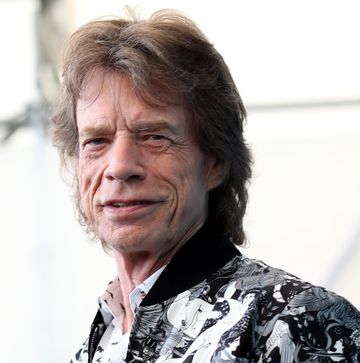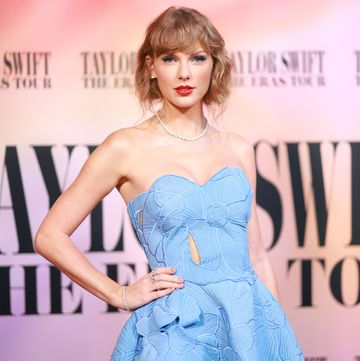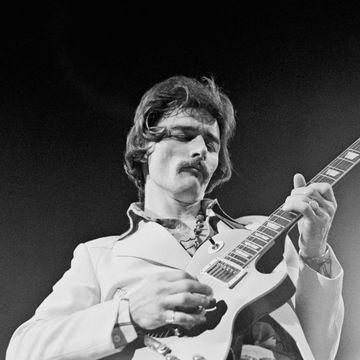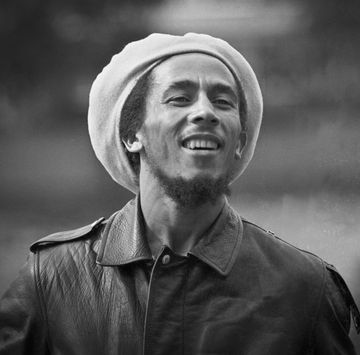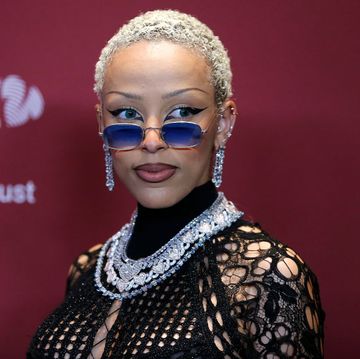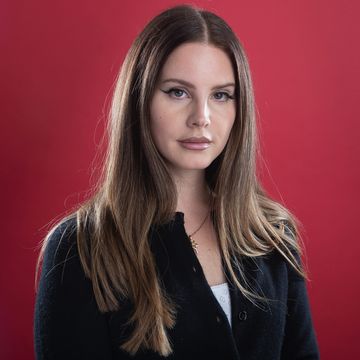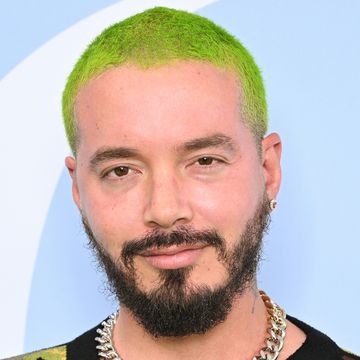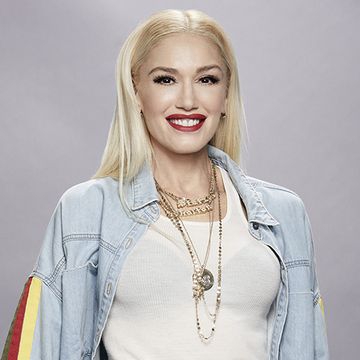"Now I understand what you have to do. Put your political message across with a little honey." So said John Lennon about "Imagine," the most successful single of his solo career. The song has been covered by artists in every genre, from Liza Minnelli and Stevie Wonder to Neil Young and Lady Gaga, and performed at some of the biggest events across the globe. The Olympics. New Year's Eve. Concerts for Peace. Concerts for Hunger.
The impact of the song is unquestionable. But disguised within its message of peace and love and its flowing piano melody is a collection of edgy, "dangerous" ideas that challenge society as we know it. The song that has become an anthem all over the world is actually full of controversial lyrics and radical ideas. Lennon once called it "’Working Class Hero’ for conservatives,” and indeed, it challenges the status quo at its most fundamental.
READ MORE: John Lennon's Death: A Timeline of Events
It only took one session to record "Imagine"
Lennon composed the song in one session, sitting at his white grand piano in his Tittenhurst Park estate in England in May 1971. His wife, Yoko Ono, watched him as he played the melody and wrote most of the lyrics. He recorded it in his home studio with help from musicians Alan White, longtime Beatle friend (and artist behind the cover of the Revolver album) Klaus Voorman, Nicky Hopkins, and producer Phil Spector, who uncharacteristically kept the track fairly simple. They experimented, at one point having Hopkins play on the same piano as Lennon, but on a higher octave. The more they added, the more they ended up stripping away.
The final mix was done at The Record Plant in New York City, a city where Lennon and Ono would soon make their home. Strings were added by members of the New York Philharmonic, called "the Flux Fiddlers" by Lennon.
The song was released on October 11, 1971. Everyone knew the song was special at the time, but couldn't have had any idea of the impact it would have on the world, both musically and politically. Paul McCartney — someone inclined to be less than generous about Lennon's early solo career, given what Lennon said about his — admitted he knew it was “a killer” the first time he heard it. Bono said it was the reason for his career. George Martin, famous for producing the Beatles' records and helping steer them to musical superstardom, says the album it's on, Imagine, is the one he most wishes he'd produced. And Jimmy Carter said, "...in many countries around the world — my wife and I have visited about 125 countries — you hear John Lennon's song 'Imagine' used almost equally with national anthems."
Critics had issues with the meaning behind the lyrics
It's this that seems ironic, given the lyrics: “Imagine there's no countries / It isn’t hard to do / Nothing to kill or die for...” The song has been accepted all over the world as a song of peace and unity, as it asks us to embrace what some call anarchy and early critics labeled communism. "Imagine there's no heaven.... Imagine there's no countries.... Imagine no possessions.... And no religion, too." Sounds about as anti-American, anti-British, anti-establishment as a song can be, and yet it's a song of positivity and hope, about the possibilities of a better human existence. Feelings of peace and acceptance are swirled around lyrics suggesting we abolish some of the things people hold most dear. Even those who claim to accept the message struggle with its meaning. Lennon was approached by the World Church asking if they could use it but change the lyrics to "one religion" instead of “no religion.” Lennon said no, explaining that that would defeat the whole purpose of the song. Since his death, Ono has been approached many times by groups who wanted to do the same thing, and she consistently refuses. No doubt all the world's fanatics are imagining one religion, but that’s the opposite of what he was singing about.
Those weren’t the only lyrics people had issues with. Many thought it was hypocritical for a man who owned a custom-painted Rolls Royce (and barely drove it) to be preaching "imagine no possessions." (Elvis Costello, a lifelong Lennon fan, even included it in the lyrics to "The Other Side of Summer," in which he sang, "Was it a millionaire who said imagine no possessions?") Lennon, always a step ahead of everyone, was updating his lyrics in live performances. A year after the song was released, during a performance at Madison Square Garden on August 30, 1972, he’d already changed two of the lines. "Imagine no possessions / I wonder if you can" became "Imagine no possessions / I wonder if we can," and "Nothing to kill or die for / A brotherhood of man" changed to "Nothing to kill or die for / A brotherhood/sisterhood of man."
The second, in particular, was a big shift for someone who'd spent most of his youth as a chauvinist. He later admitted to writer David Sheff that the song had been inspired by poems from Ono's book Grapefruit, and that he should have credited the song to Lennon-Ono. (In 2017, Ono was finally given a songwriting credit.) He said he would have done that for any male artist he worked with, but at the time, he was still backwards thinking and wasn’t “man enough” to do the right thing. But he wouldn't have written the song without her poem and acknowledged it publicly by putting it on the back of the Imagine album cover. His other lyrical influence was a Christian prayer book given to him by comedian/activist Dick Gregory, which touted the concept of positive prayer. The imagination, Lennon was telling us, is the most powerful tool we have.
READ MORE: Inside John Lennon's 'Lost Weekend' Period
"Imagine" is represented all over the world
Of all the songs he wrote and performed, many of which have had a tremendous impact on our culture, “Imagine” has the most resonance. While its influence reaches across the globe, there are physical representations of it in the two places that most represented home to Lennon. The Liverpool Airport, renamed the Liverpool John Lennon Airport, has the line “above us only sky” painted on the roof. Yoko's monument to her husband, in the Strawberry Fields section of Central Park, is a mosaic of the word Imagine, where fans gather to mourn him as well as to celebrate his legacy.
Like Lennon himself, “Imagine” is complex. At first listen, it's easy to think of it as a simple ballad, a song of peace and a piano-driven melody. But the call of peace calls for the abolition of what we often cling to most fiercely. It's not a blueprint, with instructions on how to give up some of the parameters by which we define ourselves, but a call for us to imagine something that seems unimaginable in the world we live in. It's revolutionary without calling for literal revolution and has no less relevance in the uncertain world of today than it did in 1971 when it was written. In a world of unending conflict over exactly the things he mentions in the song, we want to imagine it too.



